

James Wong
2025 Chery E5 review
4 Days Ago

Senior Contributor
Tesla and its shareholders should see 2021 as nothing if not a success in the presence of ongoing headwinds. Deliveries, margins and cashflow all look healthier than ever.
The company itself called last year a “breakthrough”, on the back of record production of 930,422 electric vehicles (EV) and deliveries of 936,222 EVs – up 87 per cent on 2020’s previous record.
This 936,222 deliveries total comprised 911,242 Model 3 or Model Y cars, and 24,980 more expensive Model S and Model X cars.
This also means the company’s production has grown nine-fold since 2017 (when it made 101,025 EVs), as its footprint of factories expands into new regions and as existing sites continue to scale.
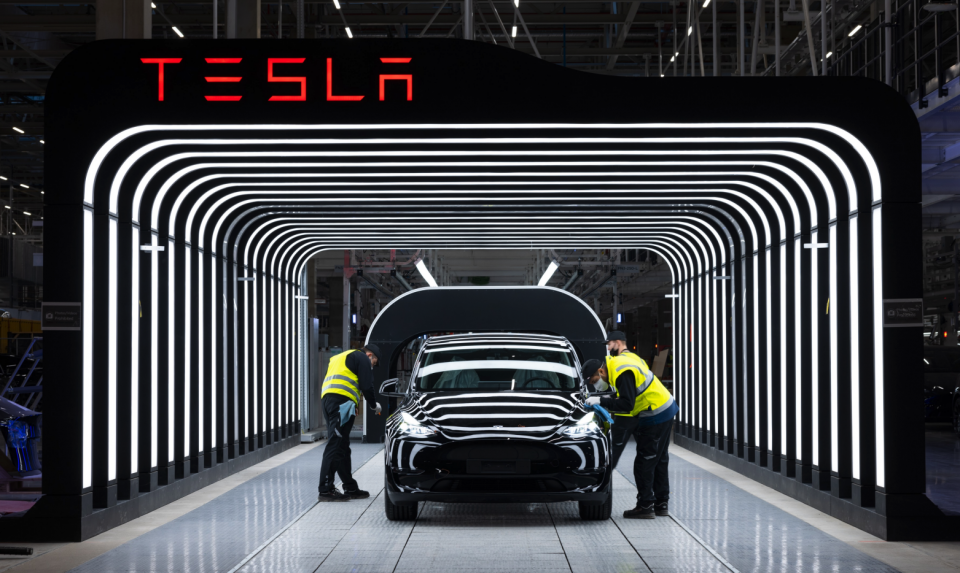
Reflecting a continuous uptick – at a time when competitor OEMs are scrabbling to find parts to keep production lines churning – Tesla’s production steadily scaled upwards as the year went on, sitting at 180,338 in quarter one but 305,840 units by the fourth quarter.
There seems little doubt therefore the company will pass a million units of annual production in 2022 with months to spare. It says it expects 50 per cent annual volume growth over a “multi-year horizon” and claims sufficient liquidity to fund its expansion.
Despite this context, says the company, the final quarter of 2021 saw “a continuation of global supply chain, transportation, labor and other manufacturing challenges, limiting our ability to run our factories at full capacity”.
At present Tesla has installed annual production capacity of 600,000 cars (500,000 Models 3/Y and 100,000 Models S/X) in California, and around 450,000 Models 3/Y in Shanghai – which is where Australian examples come from.
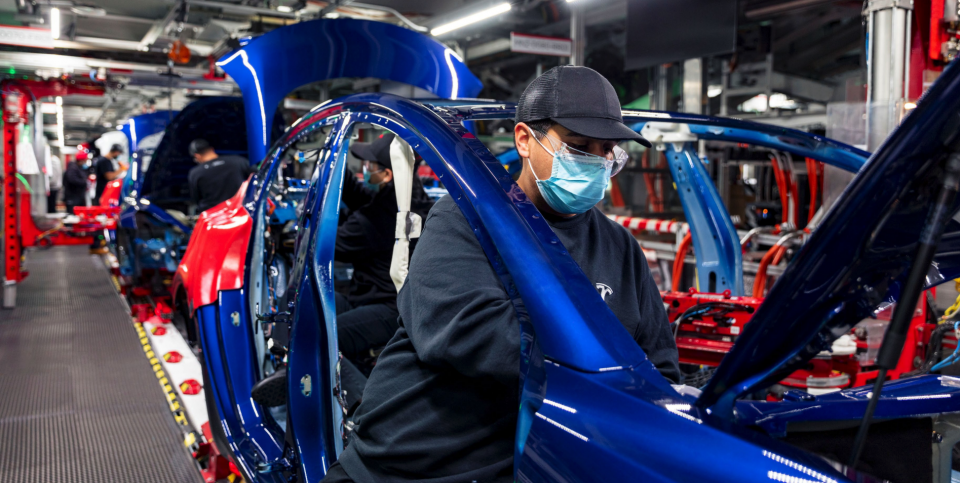
The Model Y sites in Berlin and Texas are undergoing equipment tests, with the German site yet to receive all the requisite permits as well. But both look likely to get underway in earnest this year.
At the time of writing Tesla shares were trading at $937.41 ($A1321.31) each, down from $1200 ($A1691) at the start of January – reportedly due to expected continuation of these supply-chain snags into 2022, which aren’t biting Tesla as hard as some but are still major headaches.
From a financial perspective revenues climbed 71 per cent, gross profit 105 per cent, and it claims to have generated $5.5b ($A7.7b) of net GAAP income and $5.0b ($A7.0b) of free cash flow in 2021 – after spending $6.5b ($A9.1b) to build out factories and on other capital items.
Its unaudited financial summary also claims a very healthy 12.1 per cent business operating margin was achieved across 2021.
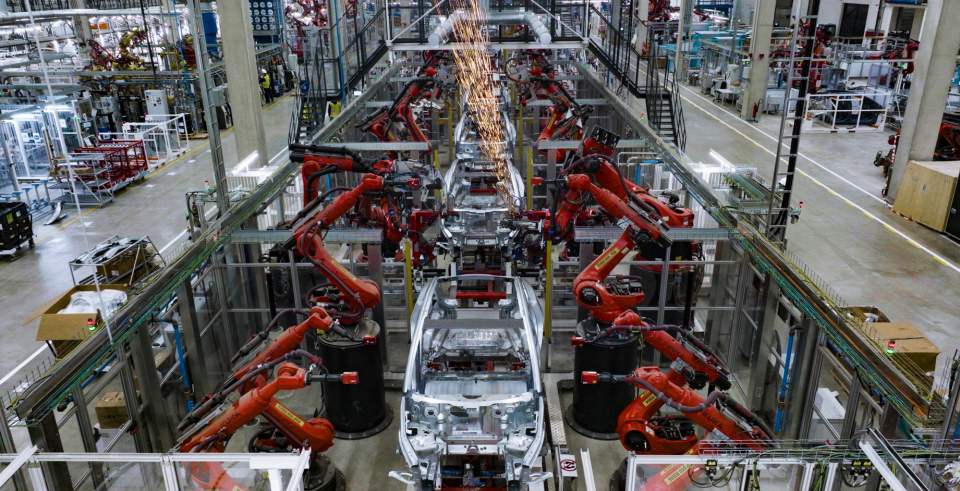
“There should no longer be doubt about the viability and profitability of electric vehicles,” the company claims.
“With our deliveries up 87 per cent in 2021, we achieved the highest quarterly operating margin among all volume OEMs, based on the latest available data demonstrating that EVs can be more profitable than combustion engine vehicles.”
While 2022 promises a ramping up of production of its existing four-model range, its other models have again been pushed. Cybertruck (recently leaked in a more production-ready form), Semi and Roadster are all therefore in development phase until 2023 at least.
Elon Musk this morning confirmed Tesla won’t be introducing any new vehicles during 2022, due to fears a new model rollout would force it to cut overall production.
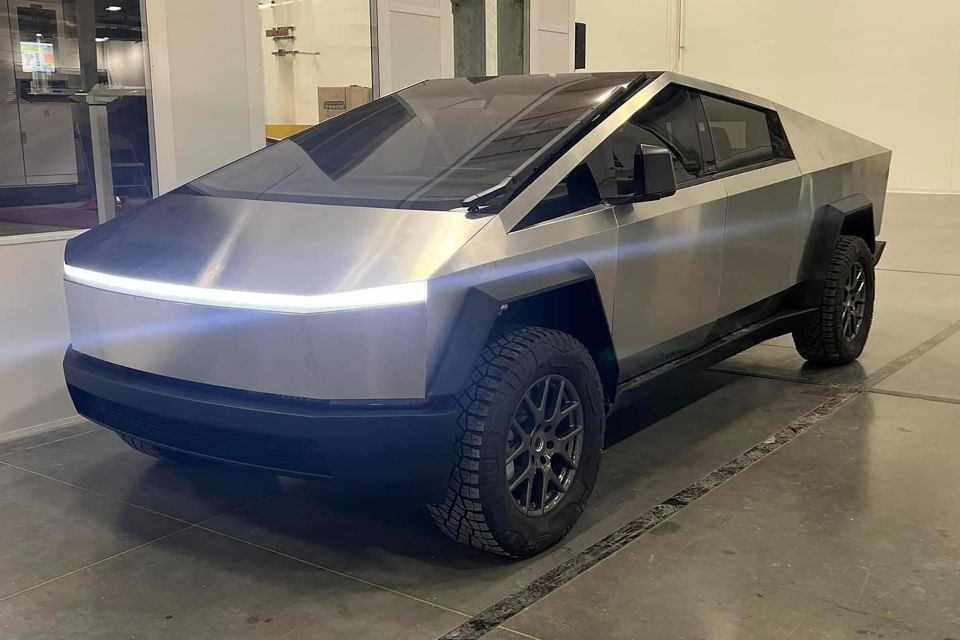
It appears Mr Musk has also abandoned plans to deliver an affordable model to sit below the Model 3. He this week confirmed Tesla isn’t working on the US$25,000 electric car he foreshadowed in 2020.
Although it doesn’t report Australian sales, it’s believed the Tesla Model 3 was comfortably the best-selling electric car Down Under in 2021 with around 10,000 deliveries.
That’s comfortably ahead of the MG ZS EV (1388 deliveries) and Porsche Taycan (531 sales).
If you fancy wading through Tesla’s shareholder deck, it’s here.
Where expert car reviews meet expert car buying – CarExpert gives you trusted advice, personalised service and real savings on your next new car.


James Wong
4 Days Ago


CarExpert.com.au
3 Days Ago
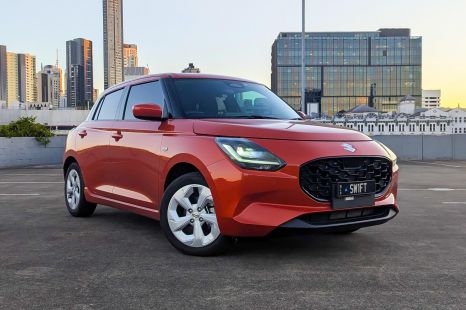

William Stopford
3 Days Ago


Max Davies
2 Days Ago


Josh Nevett
19 Hours Ago


William Stopford
8 Hours Ago